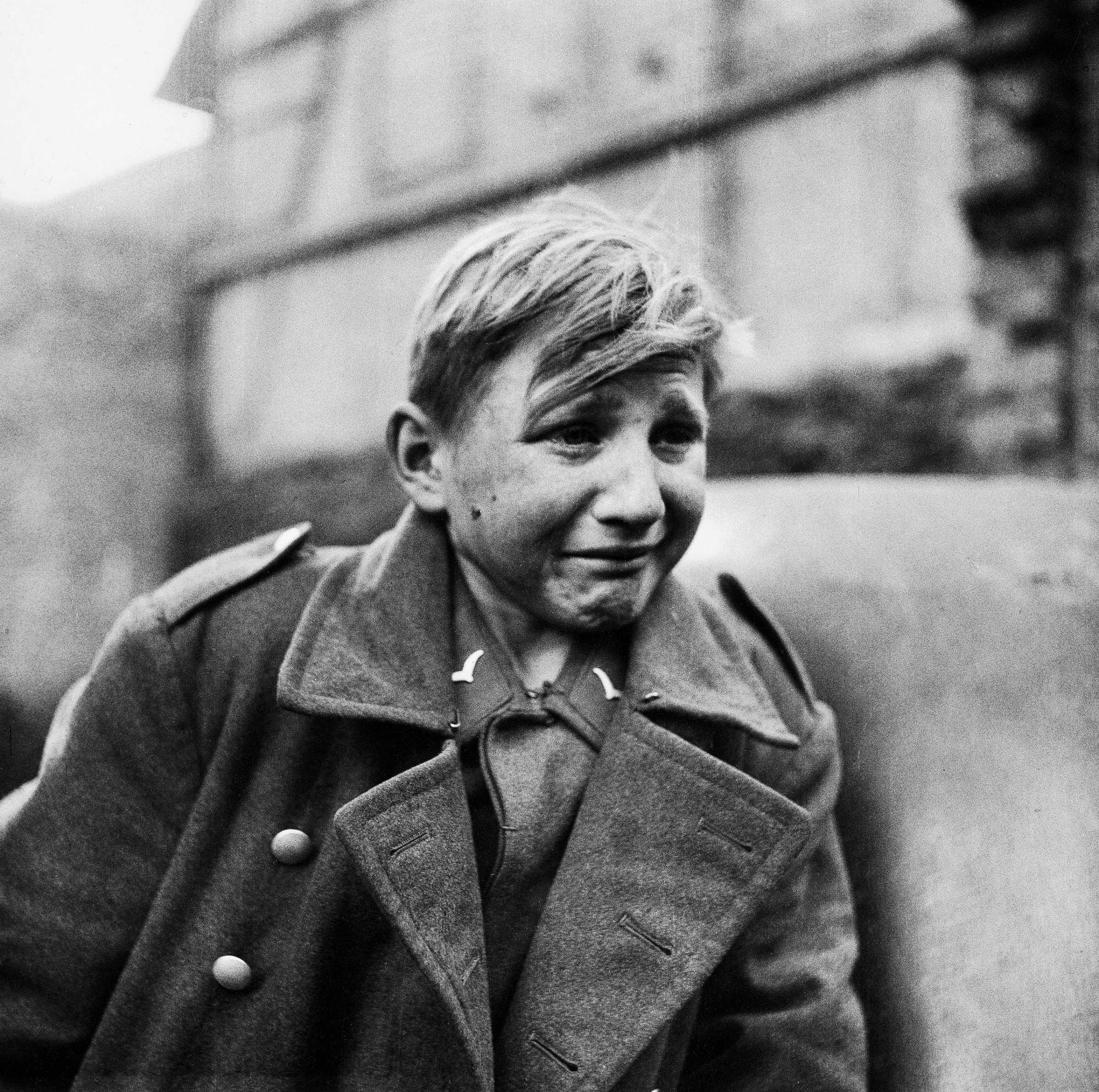
“Sometimes they got the picture nobody had asked for,” LIFE’s editors wrote in a Nov. 5, 1945, tribute portfolio to the 21 staff photographers who served as correspondents in World War II. But in a lineup that included Robert Capa, Margaret Bourke-White, George Rodger, and W. Eugene Smith, that statement perhaps applied most acutely to John Florea.
The subject of an exceptional exhibition at the Steven Kasher Gallery in New York City, John Florea: World War II, on view through Dec. 19, Florea was a LIFE staffer from 1941 to 1949. He photographed celebrities in Hollywood before being drafted after the attack on Pearl Harbor. He served in the Pacific from 1942 to 1943, then moved to Europe where he contributed some of the magazine’s most important, unexpected images: massacres and executions, atrocities and degradation. His work was so monumental that he received a full page in the Nov. 5 portfolio; Bourke-White, Rodger, and Smith all had to share theirs.
But today he’s all but forgotten. Anais Feyeux, curator of the exhibit at the Kasher Gallery, thinks it’s because, unlike Capa or Bourke-White, Florea wasn’t a war photographer. He was a photographer who, like most Americans who went off to war, had a job to do, did it, then came home. “Some people, like Robert Capa, knew before what war was. Not John Florea,” Feyeux says. “You can feel it in the photos. It was a terrible shock to him.”
His first assignment was aboard the aircraft carrier Essex. He shot bombs scrawled with messages from servicemen to the Japanese, broken-up planes on the deck and aerial pictures of the November 1943 invasion of Tarawa. “There’s just the sea, there’s no real battlefield. It’s very abstract,” Feyeux says. “In the Pacific, in the beginning, even the soldiers still have some humor. It’s a kind of innocence he totally lost when he arrived in Europe.”
Florea’s introduction to the Western Front was the Battle of the Bulge. He found himself, quite suddenly, in the thick of the fighting. As he slopped through mud and took cover from incoming bombardments, his photography became raw and kinetic, intimately capturing the fear, confusion, and brotherhood of soldiers running from bombs, considering an overturned tank or burying their dead.
On his march through Europe, Florea also documented war’s impact on civilians: a hardened German woman sitting atop all her possessions in the rubble of a bombed-out Cologne, or German children peeking around a ruined wall as American jeeps roar through town. It was during this time that he made one of his most arresting photographs: an image of a 15-year-old German soldier crying after being captured. It is an image that sits at the intersection of war’s wholesale destruction of the individual and Germany’s specific brand of wartime depravity.
Indeed, Florea witnessed some of the war’s worst crimes, not least of all the Malmedy Massacre, where 84 unarmed American prisoners were murdered by German troops on Dec. 17, 1944. Florea’s photographs of the carnage—bodies strewn in the snow, their arms up in an act of surrender, their faces hollowed out by pecking birds—are as wrenching today as they were 71 years ago.
“Have you ever really gotten hit in the gut hard and lose your breath and fall to your knees? You know how that hurts,” Florea told fellow LIFE photographer John Loengard in 1993, reflecting on his time as a war correspondent. “I felt someone had hit me so hard—I actually cried.”
It only got worse from there. In April 1945, Florea and the First Army freed American prisoners of war from the notorious German prison camp Stalag 12-A. The men they found had only been there for three months, yet they looked more skeletal than human. Florea’s photo of the bony body of a man named Joe Demler stretched out on a hard wooden bed, as well as a haunting portrait of an unnamed man whose penetrating gaze bored through the camera’s lens, would later prove to be two of the most indelible images of the war.
The scope of Nazi atrocity was realized a few weeks later with the discovery of the Nordhausen concentration camp. There, Florea and the troops found the ground strewn with bodies, warehouses stacked full of corpses and a pit filled with the ashes of 60,000 people. Florea tried to capture the incomprehensible by shooting not only numerous photos of the dead, but also the genocide’s impact on the living. One triptych shows a man and his son, survivors, burying their wife and mother. In the end, LIFE chose to run just one of these photos: a vertical shot of 3,000 bodies arranged side by side, stretching from the front of the frame to the horizon.
After two harrowing years in Europe, Florea returned to America and, like so many servicemen, to his life. “I think when he comes back, he’s a civilian,” Feyeux says. “Some people disappear because they do something else.”
In Florea’s case, that was television. After a falling-out with LIFE executive editor Wilson Hicks that cost him his job, Florea gave up photography for TV. He directed episodes of hit shows like Highway Patrol and Sea Hunt in the late 1950s and worked steadily in the industry through the mid-1980s, directing and producing episodes of CHiPs, V and MacGyver.
“I got into an environment that I enjoyed,” Florea told Loengard. “But I’ll never be remembered for that. The only thing I’ll be remembered for is what I had done for LIFE magazine.”
With the work Florea accomplished during his time with the magazine, that’s a legacy worth reclaiming.

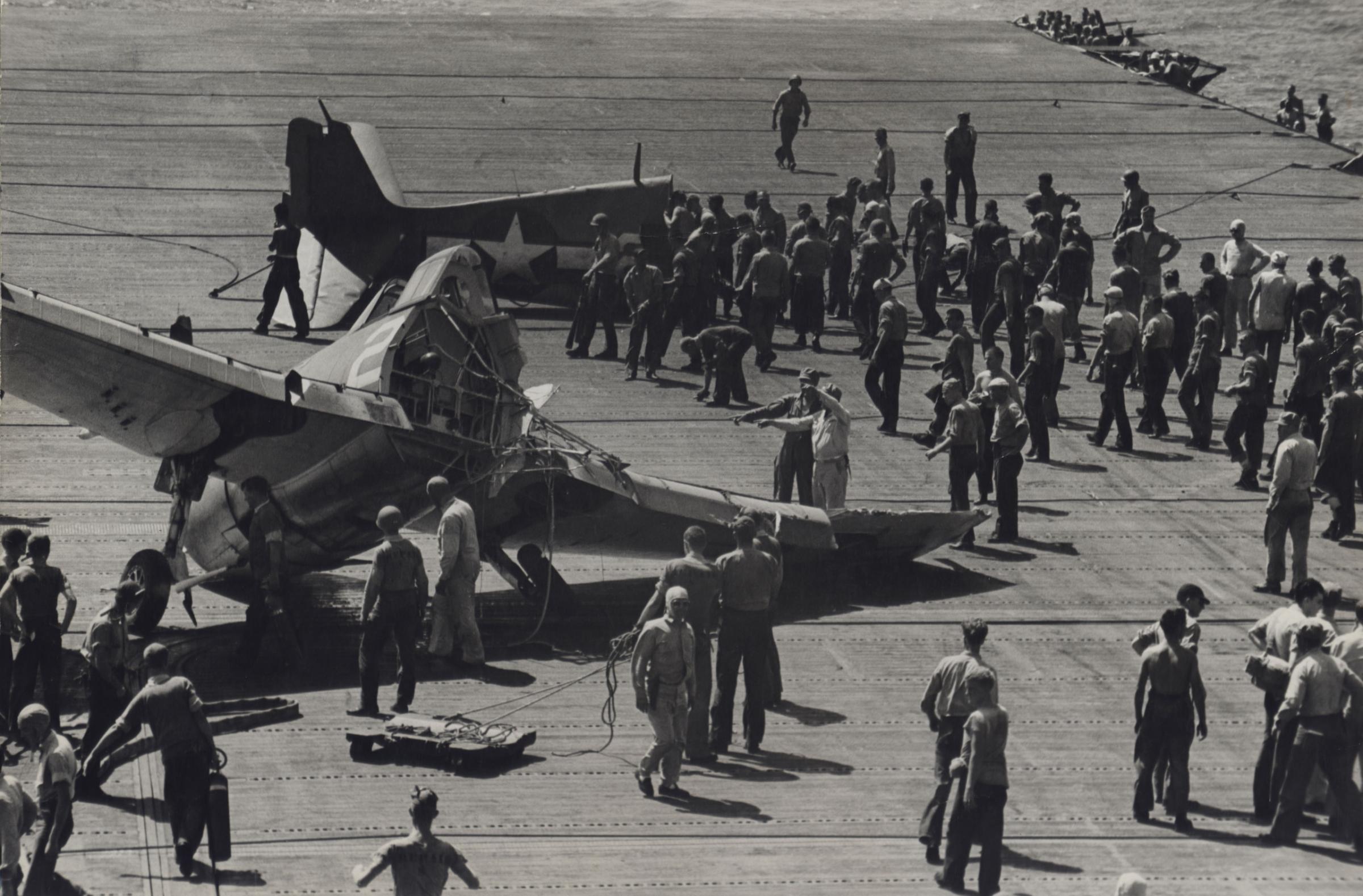
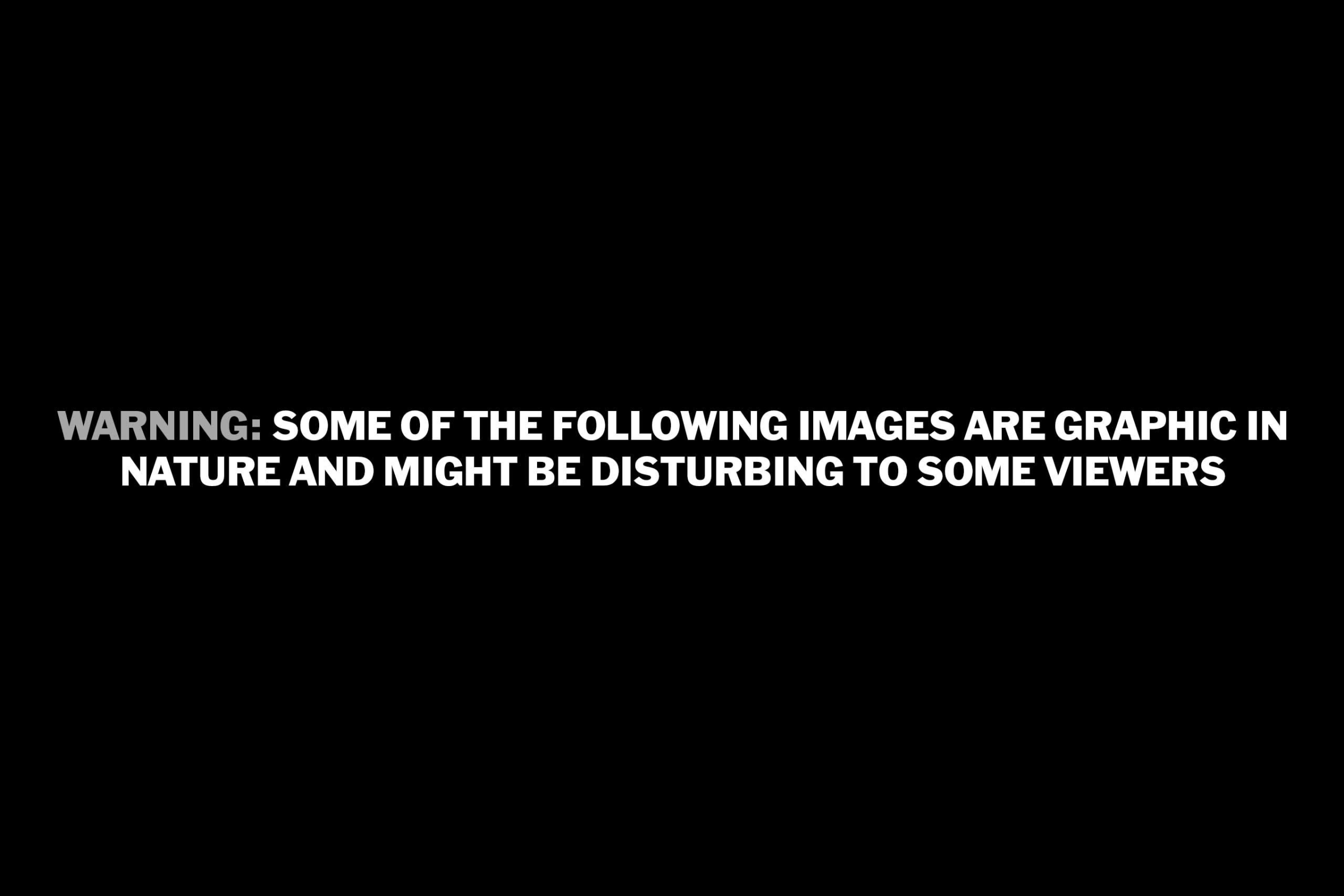
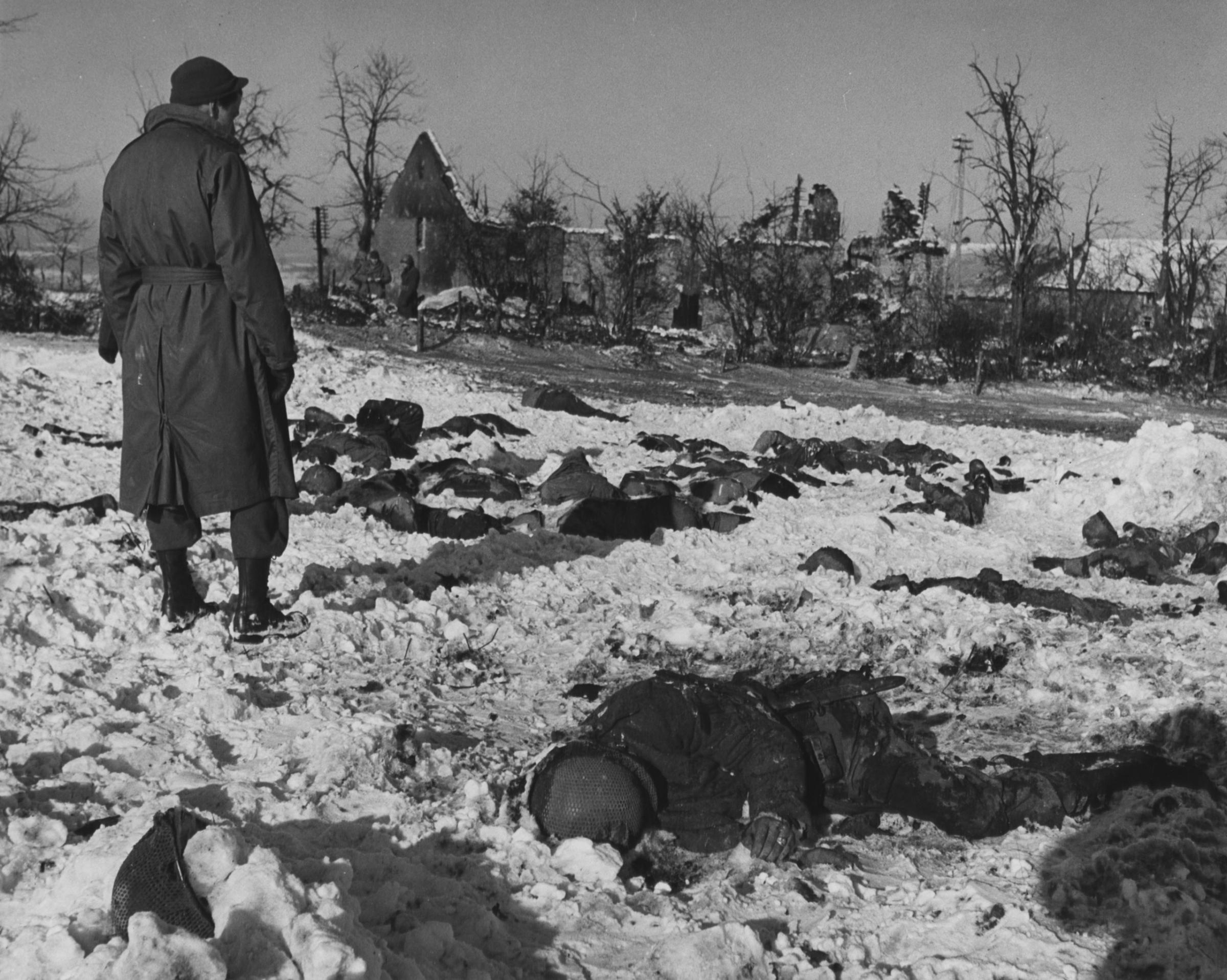
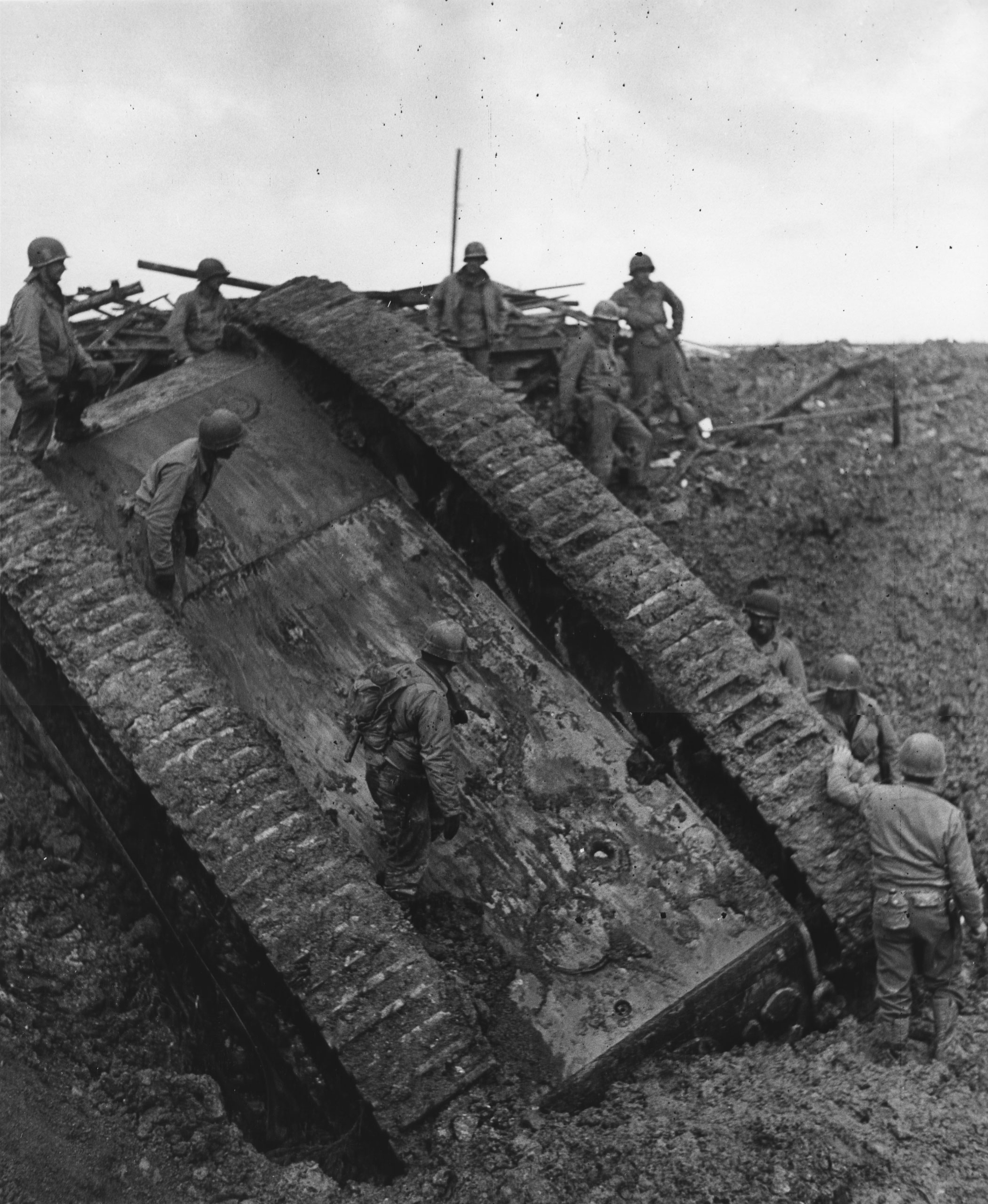
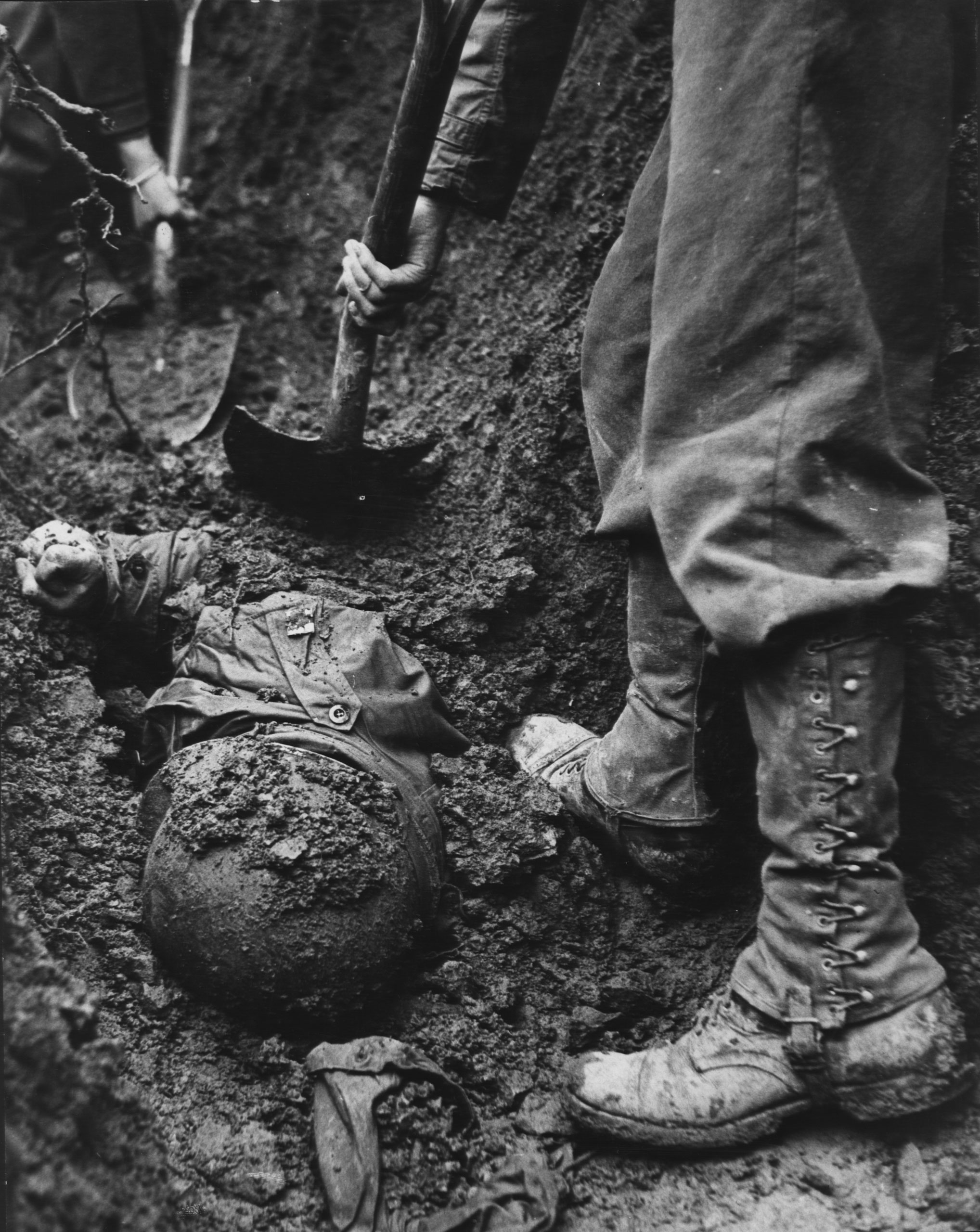
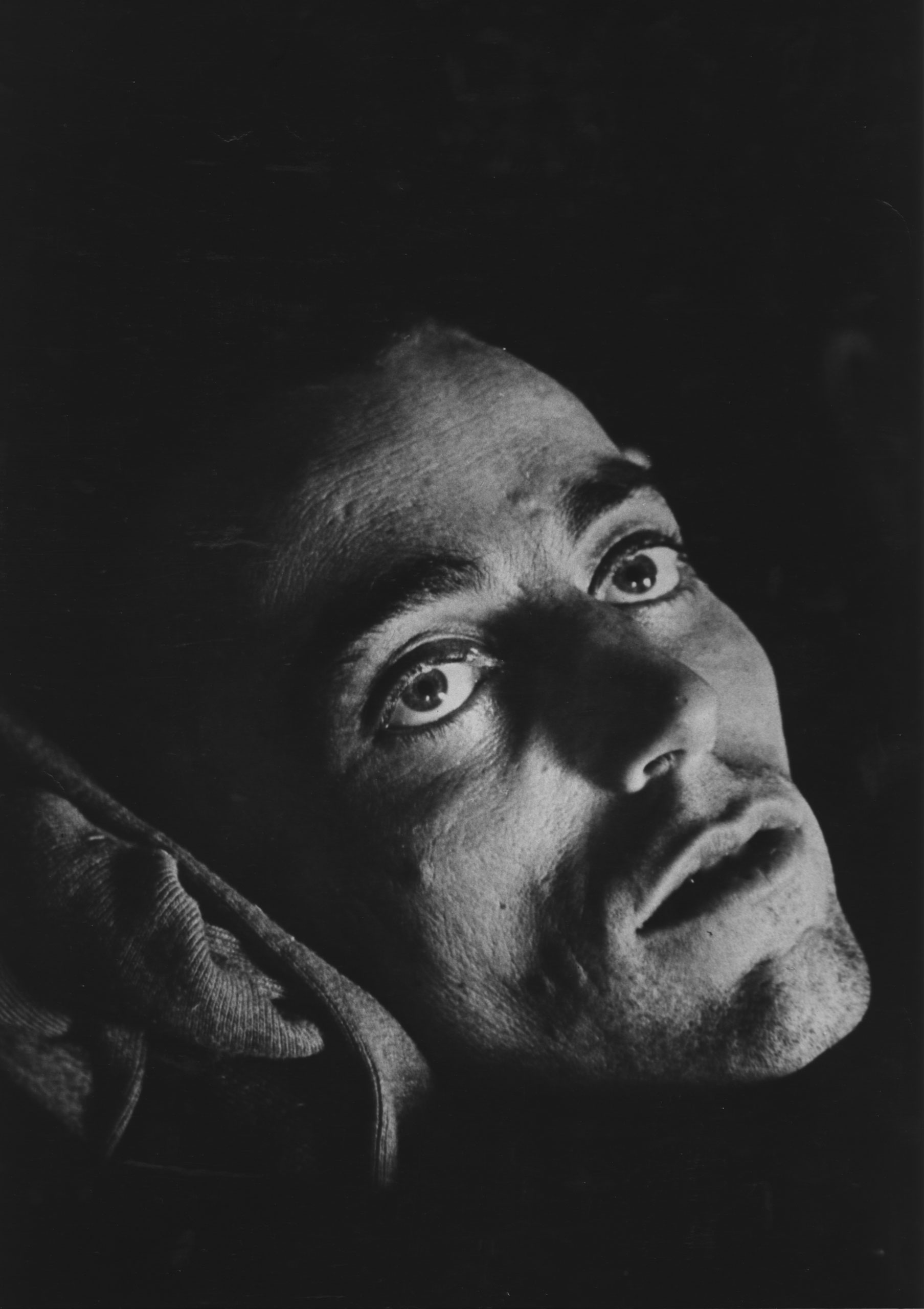




More Must-Reads From TIME
- The 100 Most Influential People of 2024
- Coco Gauff Is Playing for Herself Now
- Scenes From Pro-Palestinian Encampments Across U.S. Universities
- 6 Compliments That Land Every Time
- If You're Dating Right Now , You're Brave: Column
- The AI That Could Heal a Divided Internet
- Fallout Is a Brilliant Model for the Future of Video Game Adaptations
- Want Weekly Recs on What to Watch, Read, and More? Sign Up for Worth Your Time
Contact us at letters@time.com